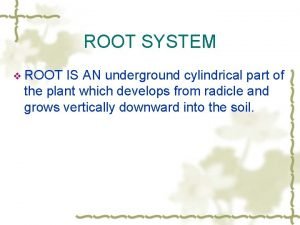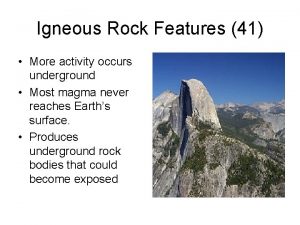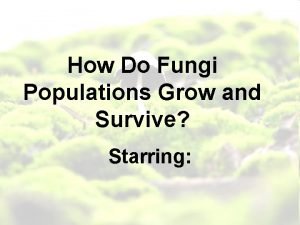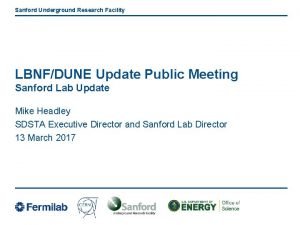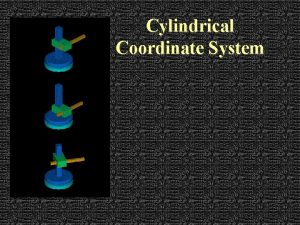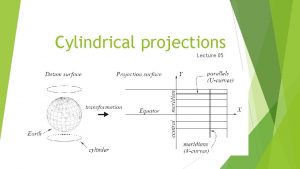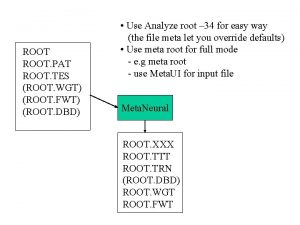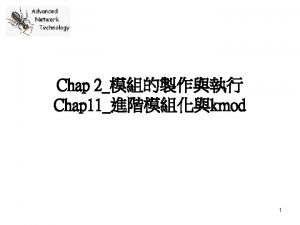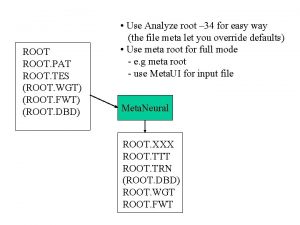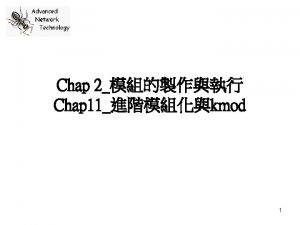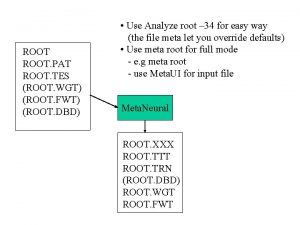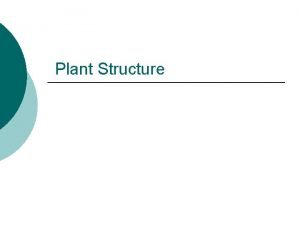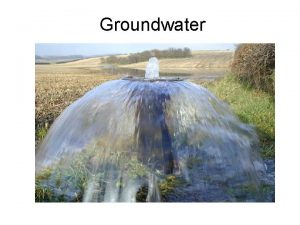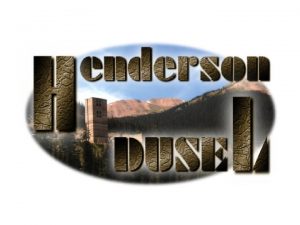ROOT SYSTEM v ROOT IS AN underground cylindrical





























- Slides: 29

ROOT SYSTEM v ROOT IS AN underground cylindrical part of the plant which develops from radicle and grows vertically downward into the soil.

characteristics v Roots are cylindrical structures. v Root is positively geotropic. v Buds and leaves are absent. v Root is colourless due to absence of chlorophyll. v Root cap is present over the apex.

Third Chapter Plant Organs Section One Roots v Organ v Ones that are formed by many kinds of tissues , having certain external shape and inside structure and plant body component of carrying out certain physiological function. (review tissue) vegetative organ (root , stem , leaf) v v v Organ reproductive organ(flower , fruit , seed)

v v Tissue The source similar to the function is the same , shape structure and the cell group contacting each other closely is called the tissue. Vegetative organ : Absorb playing , make and supply the body nutriment function of the plant , making the plant body grow , development with. Including the root , stem , leaf. Reproductive organ : Play a role in breed the later generation and extend ethnicallying. Including the flower , fruit , seed.

absorb function v transportation v supportion v Physiological function breeding v preservation v assimilation function v v Medicinal value

Radix Ginseng Notoginseng Radix Astragali Ophiopogonis


Part One Forms and Types of Roots ★Forms of Roots ★ Root Types 1 2 Main root and lateral root Normal root and adventitious root Types of Root system tap root system and fibrous root system

4 Abnormal root storage root prop root aerial root climbing root water root parasitic root fleshy tap root tuber

1. Coniform root 2. columniform~ 3. pelletly~ 4. Spindly root tuber 5. nubby root tuber

1. Prop root 2. aerial root 3. climbing root 4. 5. parasitic root

v Part v Inner v v v Two Structure of Roots Basic Structure of the Root Tip Root cap Region of Division Region of Elongation Region of Maturation

Basic Structure of the Root Tip 1. Maturation zone 2. Elongation zone 3. Meristematic zone 4. Root cap

v Primary Structure v Epidermis v v Cortex v v v exodermis cortex parenchyma endodermis casparian dots passage cell

Primary Structure of Dicotyledon Radicle 1. Epidermis 2. Cortex 3. Endodermis 4. Pericycle 5. Protoxylem 6. Metaxylem 7. Primary phloem 8. Immature metaxylem


Ⅰ. solid view of endodermis cells( show casparian strip ) Ⅱ. transverse section view of endodermis cells(show casparian dots) 1. Cortex cell 2. endodermis 3. casparian strip 4. pericycle

Passage cell Casparian dots or casprian strip

v Vascular cylinder pericycle primary xylem v (diarch , triarch , v v tetrarch, hexarch, polyarch, etc v ) v v v primary phloem ☆Definition : Exarch: The order of differentiation and maturation of primary xylem of root is from the outside to inside, and is known as exarch.

Formation of Lateral Root Transverse section of horsebean root 1、endodermis 2、pericycle

Formation of lateral root

v Secondary v Structure of Roots ①Origin and Activities of the Vascular Cambium v v v Cambium secondary phloem secondary xylem

Ⅰ. radicle(dot and line show beginning place of cambium) Ⅱ. cambium becomes consecutive tissue Ⅲ. whole cambium make secondary structure Ⅳ. cambium becomes a ring 1. Primary xylem 2. primary phloem 3. cambium 4. secondary xylem 5. secondary phloem


The transverse section of Ma. Dou. Ling Ⅰ. (1. phellem 2. phellogen 3. cortex 4 starch grain 5. secretory cell) Ⅱ. (1. phloem 2. sieve tube gang 3. cambium 4. ray 5. xylem) Ⅲ. (1. xylem 2. ray)

Secondary structure of root

v ②Origin and Activities of the Cork Cambium v v Phellogen phellem v v phelloderm Periderm and lenticel 1. Origination of phellogen 2. epidermis 3. phellogen 4. phellem 5. phelloderm 6. cortex parenchyma 7. supplementary cell

Anomalous Structure the model sketch of root anomalous structure Ⅰ. shanglu root Ⅱ. niuxi root Ⅲ. chuanniuxi root Ⅳ. heshouwu root 1. Phellem 2. Cortex 3. Phloem 4. Cambium 5. xylem

Symbiosis Phenomenon Root Nodule and Mycorrhiza
 Casprian
Casprian Lec 16
Lec 16 Where does underground water come from
Where does underground water come from Secure underground storage
Secure underground storage Underground cable capacitance
Underground cable capacitance Underground nn
Underground nn Travelcard for london underground
Travelcard for london underground Bow tie quilt pattern meaning
Bow tie quilt pattern meaning Existentialism in notes from underground
Existentialism in notes from underground London underground abstraction
London underground abstraction Electrical service entrance
Electrical service entrance What are underground igneous rock bodies called?
What are underground igneous rock bodies called? Underground railroad timeline
Underground railroad timeline Underground hyphae
Underground hyphae Underground water table
Underground water table Underground cap lamp signals
Underground cap lamp signals Underground railroad
Underground railroad Caversham tunnel
Caversham tunnel Zone of saturation
Zone of saturation Yeoman apush
Yeoman apush Underground dome
Underground dome Xynthia
Xynthia Underground railroad
Underground railroad Sanford underground research facility
Sanford underground research facility How is sassafras’s trees roots correctly written?
How is sassafras’s trees roots correctly written? Train stations in minecraft
Train stations in minecraft A tiny groove in soil made by flowing water
A tiny groove in soil made by flowing water Slave haven underground railroad museum cost
Slave haven underground railroad museum cost Sandvik underground automation
Sandvik underground automation Cool underground houses
Cool underground houses
